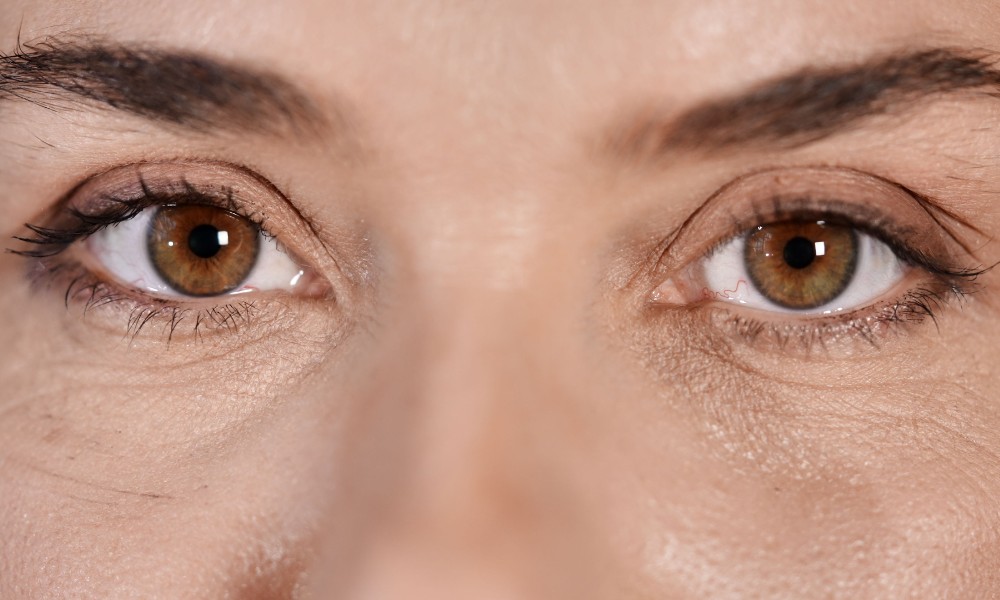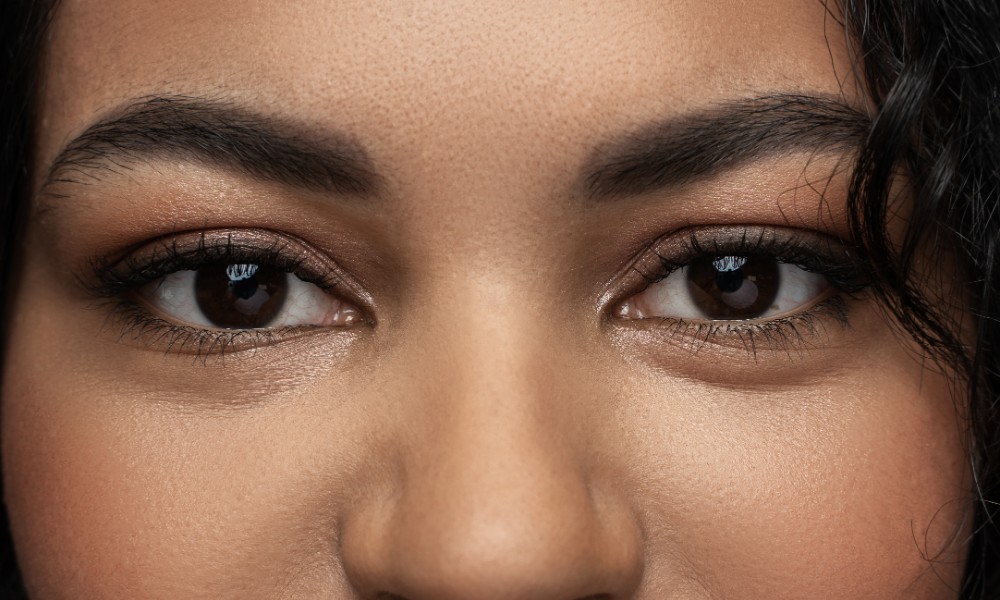Age-related macular degeneration (AMD) is a significant cause of vision loss, affecting millions worldwide. To address this, the National Eye Institute conducted the Age-Related Eye Disease Studies (AREDS and AREDS2). These studies aimed to investigate the effects of vitamins and minerals on the progression of AMD. This article delves into the nuances of both studies, highlighting the differences and their implications for eye health.
Understanding age-related macular degeneration
Age-related macular degeneration is a condition that deteriorates the macula, the central part of the retina responsible for sharp and detailed vision. AMD can be classified into two types: dry (atrophic) and wet (neovascular). Dry AMD is more common and less severe but can progress to the wet type, which can lead to rapid vision loss.
The advent of AREDS1
The first Age-Related Eye Disease Study (AREDS1) was launched in 1992 and concluded in 2001. It involved over 3,600 participants aged 55 to 80 years who were at varying stages of AMD. The study aimed to explore the effects of a specific combination of antioxidants and zinc on the progression of AMD and cataracts.
The AREDS1 formulation
AREDS1 tested a daily supplement containing:
- Vitamin C (500 mg)
- Vitamin E (400 IU)
- Beta-carotene (15 mg)
- Zinc (80 mg as zinc oxide)
- Copper (2 mg as cupric oxide, added to prevent copper deficiency anemia, a potential side effect of high zinc intake)
Key findings of AREDS1
The study concluded that the AREDS1 formulation significantly reduced the risk of progression to advanced AMD by about 25% over a five-year period for participants with high risk of developing advanced stages of the disease. However, it showed no significant effect on the development or progression of cataracts.

Transitioning to AREDS2
Based on the findings from AREDS1 and emerging research suggesting potential benefits of other nutrients, the AREDS2 study was initiated to refine the original formula. Conducted from 2006 to 2012, AREDS2 aimed to evaluate the effects of adding omega-3 fatty acids, lutein, and zeaxanthin to the mix, and to assess the necessity of beta-carotene and zinc levels in the original formula.
The AREDS2 formulation
AREDS2 tested several modifications to the AREDS1 formula:
- Adding omega-3 fatty acids (DHA 350 mg and EPA 650 mg)
- Adding lutein (10 mg) and zeaxanthin (2 mg)
- Removing beta-carotene
- Reducing zinc to 25 mg
Key findings of AREDS2
AREDS2 revealed that adding lutein and zeaxanthin, with or without omega-3 fatty acids, to the AREDS formula made it slightly more effective in reducing the risk of AMD progression. Moreover, the study found that removing beta-carotene did not decrease the formula’s effectiveness, which was a crucial finding since beta-carotene supplementation had been associated with an increased risk of lung cancer in smokers.
The study also indicated that reducing the amount of zinc did not significantly affect the formula’s effectiveness. Therefore, a lower dose might be as beneficial, reducing the potential for side effects linked to high zinc intake.
Comparing AREDS1 and AREDS2
The transition from the AREDS1 to AREDS2 study signifies an important evolution in the fight against age-related macular degeneration (AMD). While both studies shared the common goal of identifying effective nutritional strategies to slow the progression of AMD, there were notable differences in their formulations, findings, and subsequent recommendations for eye health.
AREDS1 focused on a formulation that included high doses of antioxidants and zinc. This combination was chosen based on the hypothesis that oxidative stress plays a key role in the development and progression of AMD. The significant finding from AREDS1 was that the formulation could reduce the risk of progression to advanced AMD by about 25% for individuals at high risk.
AREDS2 sought to build upon these findings by assessing the potential benefits of adding or modifying components in the original formula. Key changes included:
- Introduction of Lutein and Zeaxanthin: These carotenoids, found in high concentrations in the macula, were added due to their potential to protect against macular damage.
- Exclusion of Beta-Carotene: AREDS2 removed beta-carotene due to its association with increased risk of lung cancer in smokers. This change aimed to enhance the safety profile of the supplement.
- Inclusion of Omega-3 Fatty Acids: Although the addition of DHA and EPA omega-3 fatty acids did not show a significant benefit in the final analysis, their initial inclusion was based on promising preliminary research.
- Adjustment of Zinc Dosage: AREDS2 explored whether a lower dose of zinc would be as effective, aiming to reduce potential side effects without compromising benefits.
These modifications reflect a nuanced understanding of nutritional science and its application to eye health, particularly in the context of AMD management.

Implications for eye health
The findings from AREDS2 have significant implications for the management of AMD and potentially other eye conditions influenced by nutritional status. Firstly, the shift towards a safer formulation that excludes beta-carotene lowers the risk for smokers or former smokers, expanding the population that can safely use the supplement.
The inclusion of lutein and zeaxanthin highlights the importance of these nutrients in eye health, particularly in the macula’s protection. As a result, dietary recommendations for individuals at risk of AMD or those seeking to maintain general eye health now emphasize foods rich in these carotenoids.
Furthermore, the AREDS studies have underscored the role of dietary supplements in managing AMD, particularly in individuals at intermediate to high risk of progression to advanced stages. The evidence has led to broad acceptance and recommendation of AREDS2-compliant formulations by eye care professionals.
Eyes on the future: beyond AREDS2
Looking beyond AREDS2, the quest for optimal nutritional strategies to combat AMD and other eye diseases continues. Future research may focus on several areas:
- Personalized Nutrition: Emerging evidence suggests that genetic factors may influence an individual’s response to nutritional interventions. Future studies could explore personalized supplement formulations based on genetic risk factors for AMD.
- Exploration of New Nutrients: As our understanding of the pathophysiology of AMD deepens, new targets for nutritional intervention may emerge. Nutrients that address underlying mechanisms such as inflammation and mitochondrial dysfunction could be potential areas of research.
- Long-term Safety and Efficacy: Ongoing studies will be crucial to understanding the long-term safety and efficacy of current AREDS2 recommendations, particularly in diverse populations and those with varying stages of AMD.
- Technological Advances: Wearable technology and mobile apps could play a role in monitoring dietary intake, supplement adherence, and even early detection of AMD progression, tailoring interventions more precisely over time.
In conclusion, the journey from AREDS1 to AREDS2 represents a pivotal shift in the approach to preventing and managing age-related macular degeneration. The refinements made in AREDS2, particularly the inclusion of lutein and zeaxanthin and the removal of beta-carotene, underscore the importance of ongoing research and adaptation in the field of nutritional science. As we continue to explore the frontiers of eye health, the insights gained from these studies will undoubtedly light the way forward, offering hope and improved outcomes for those at risk of AMD.




